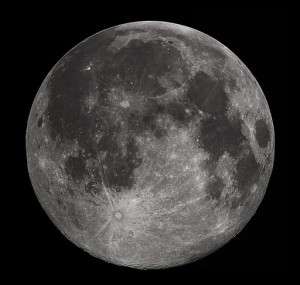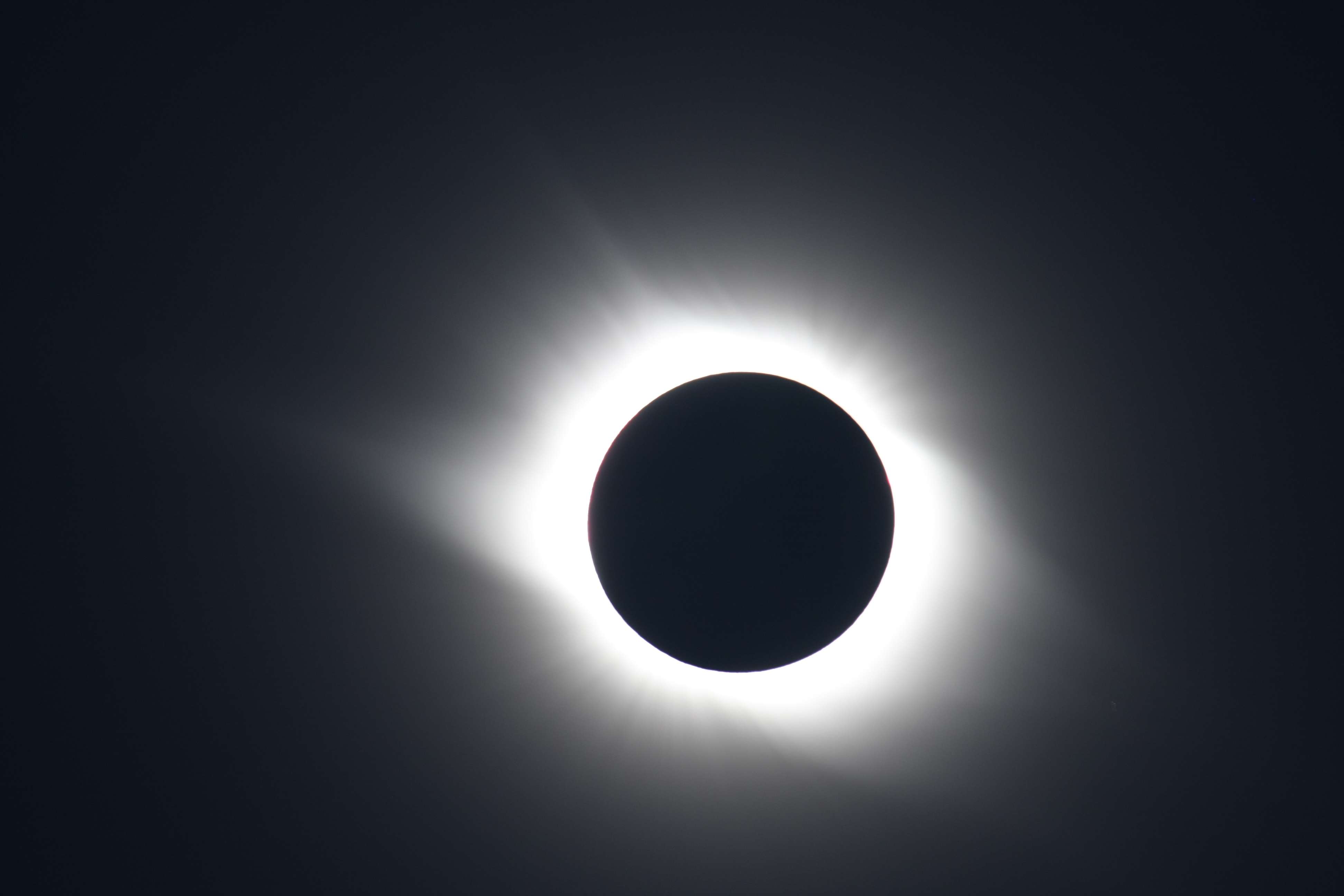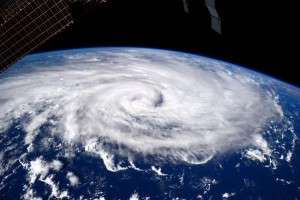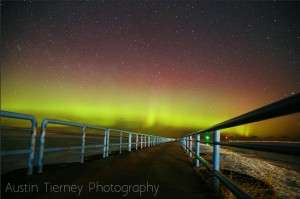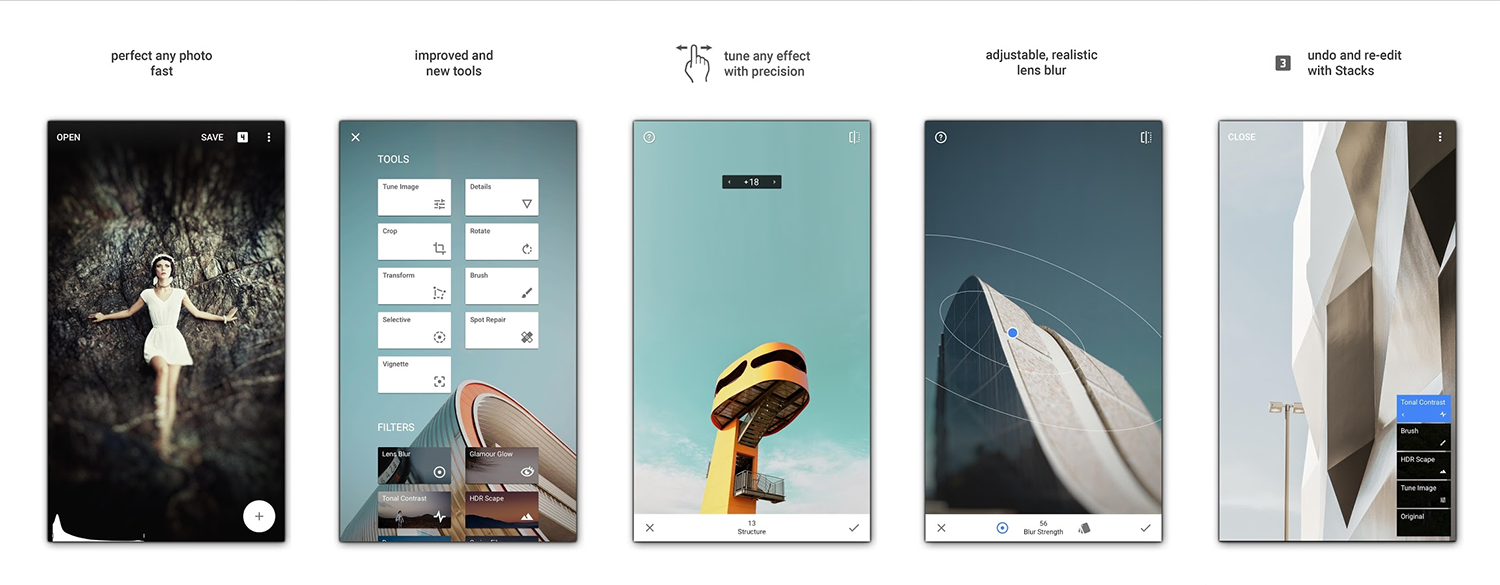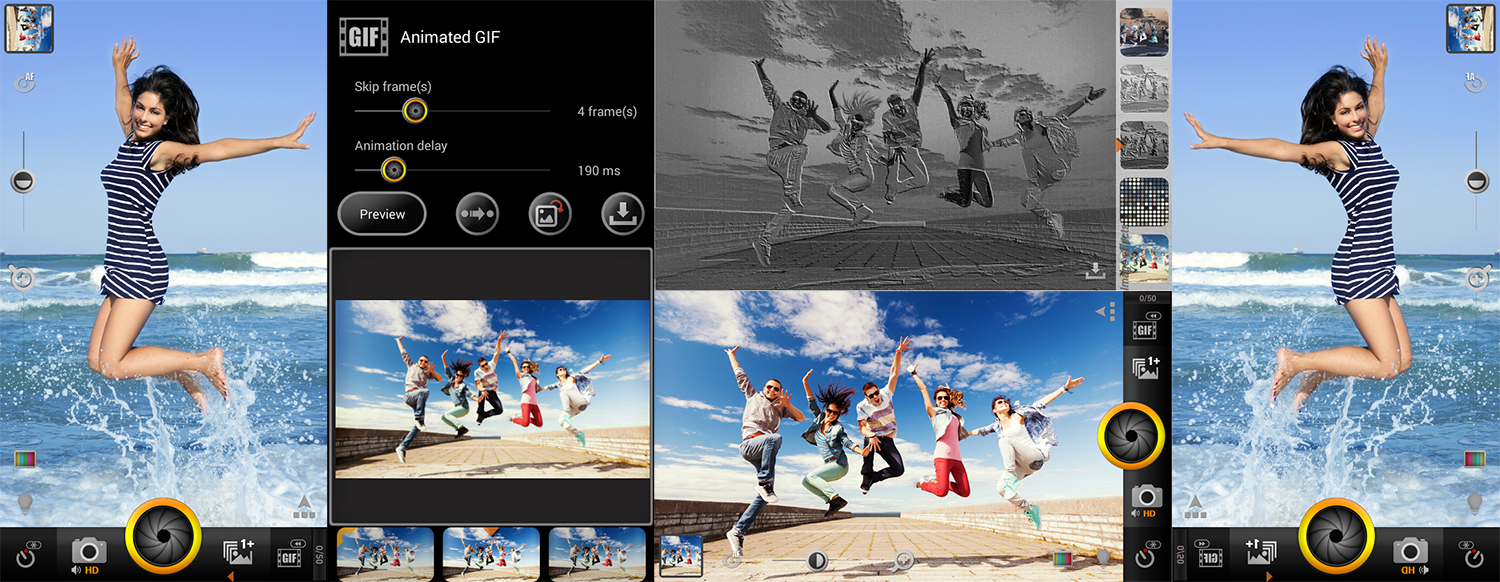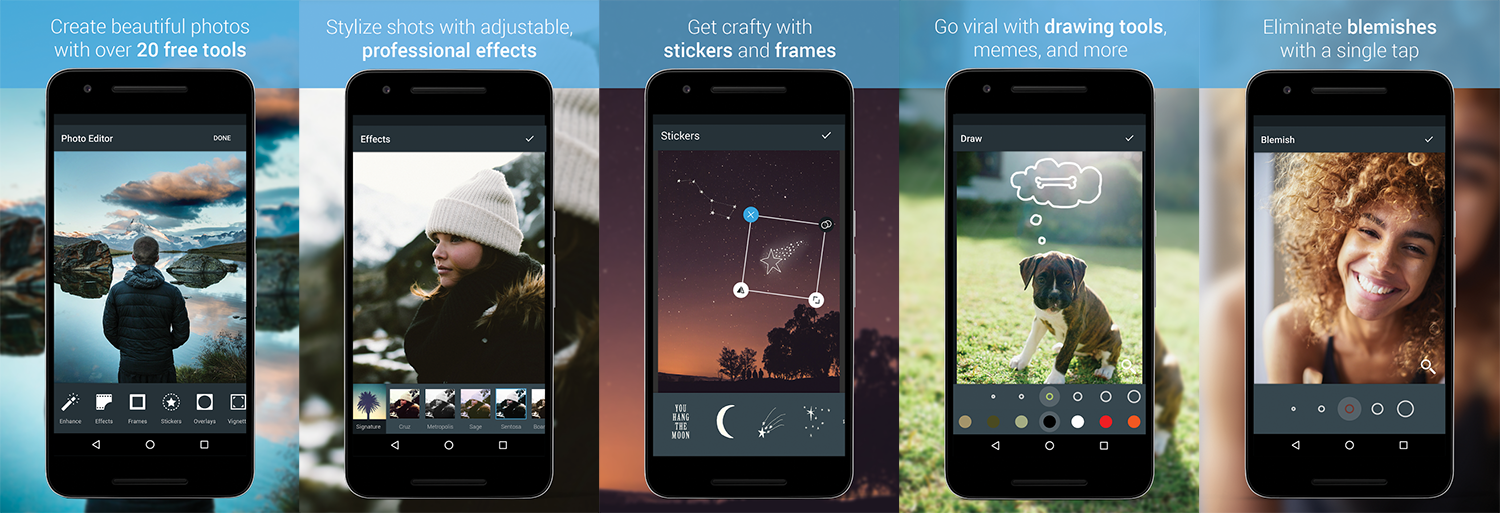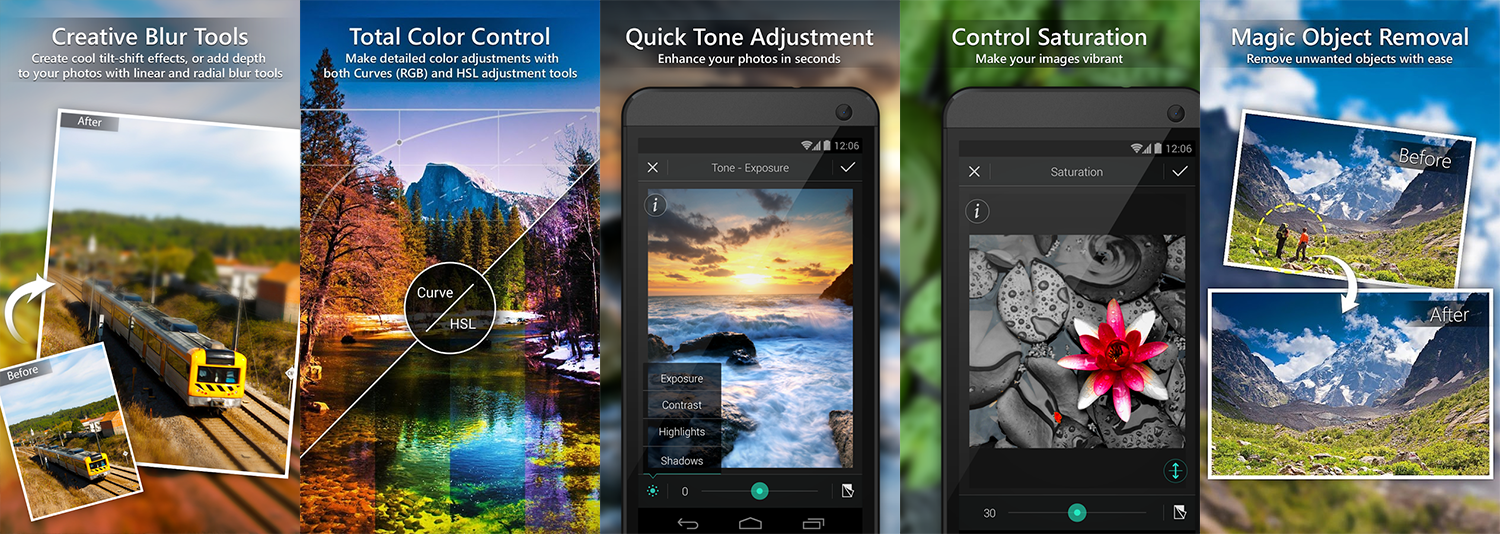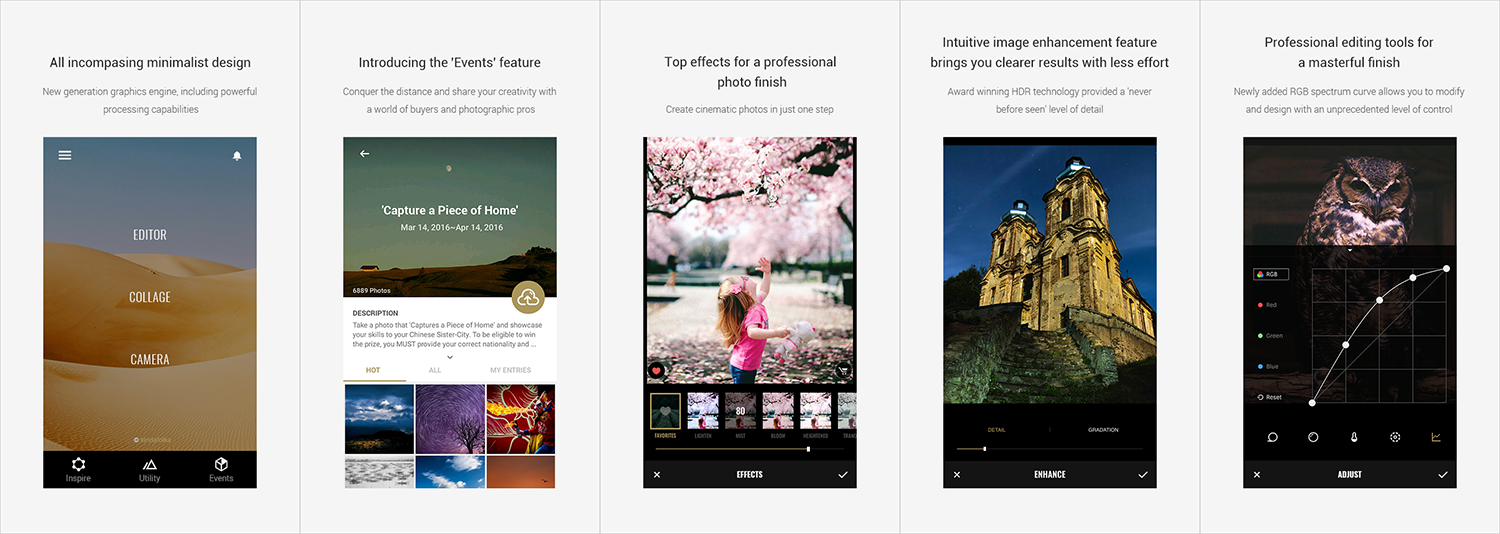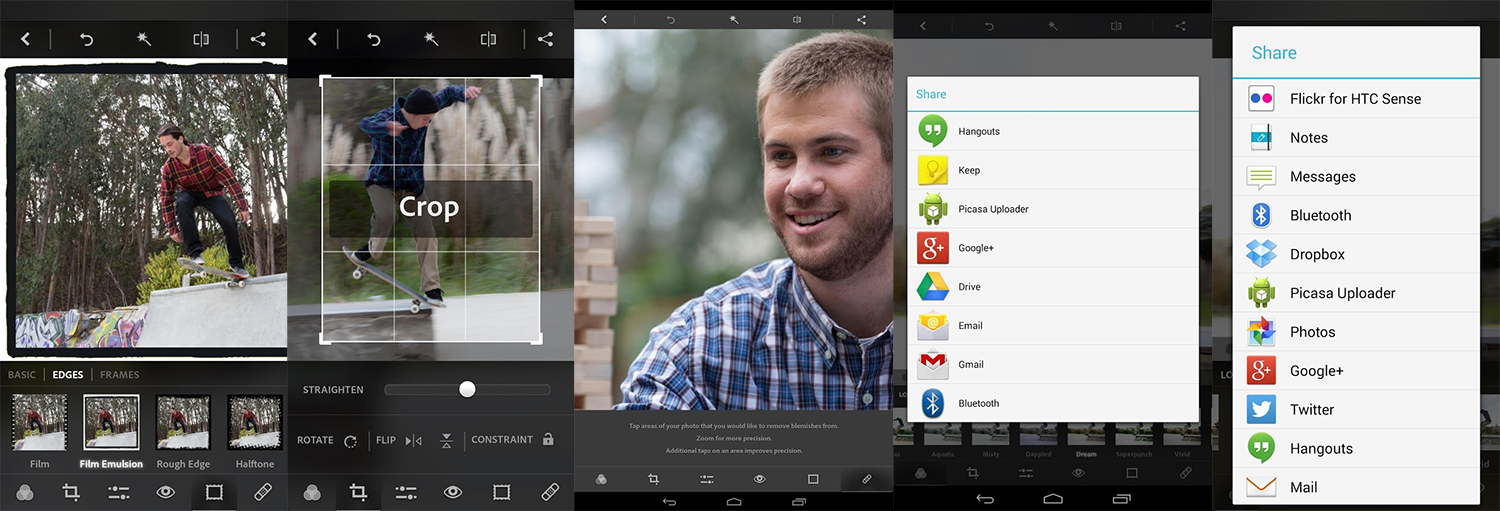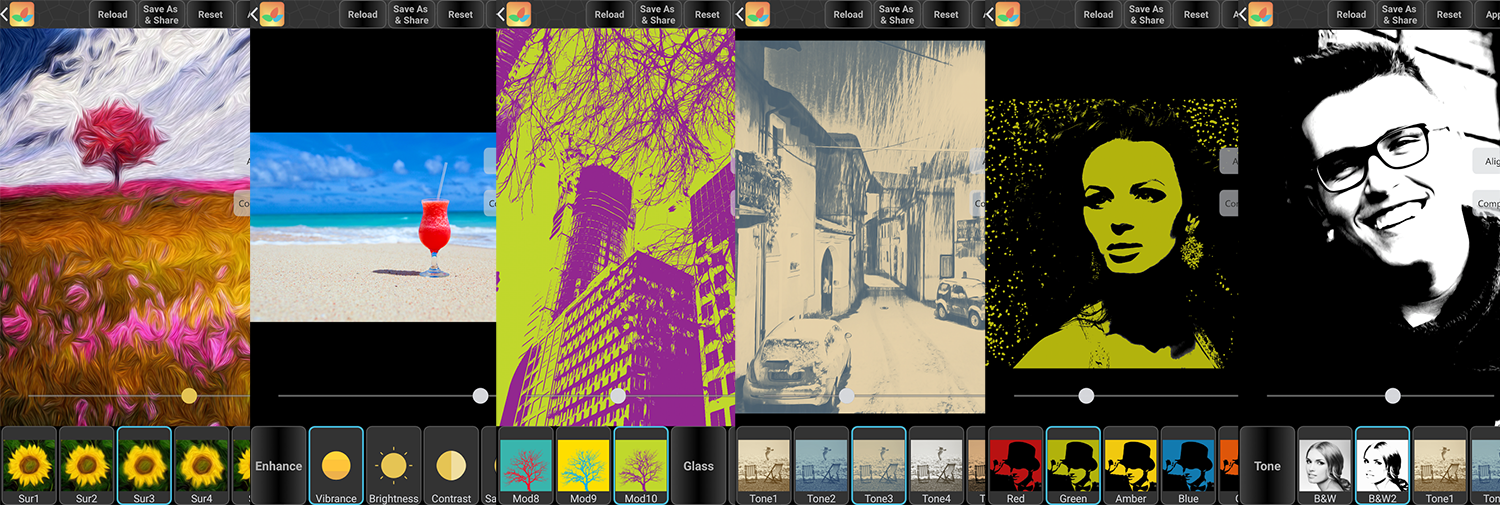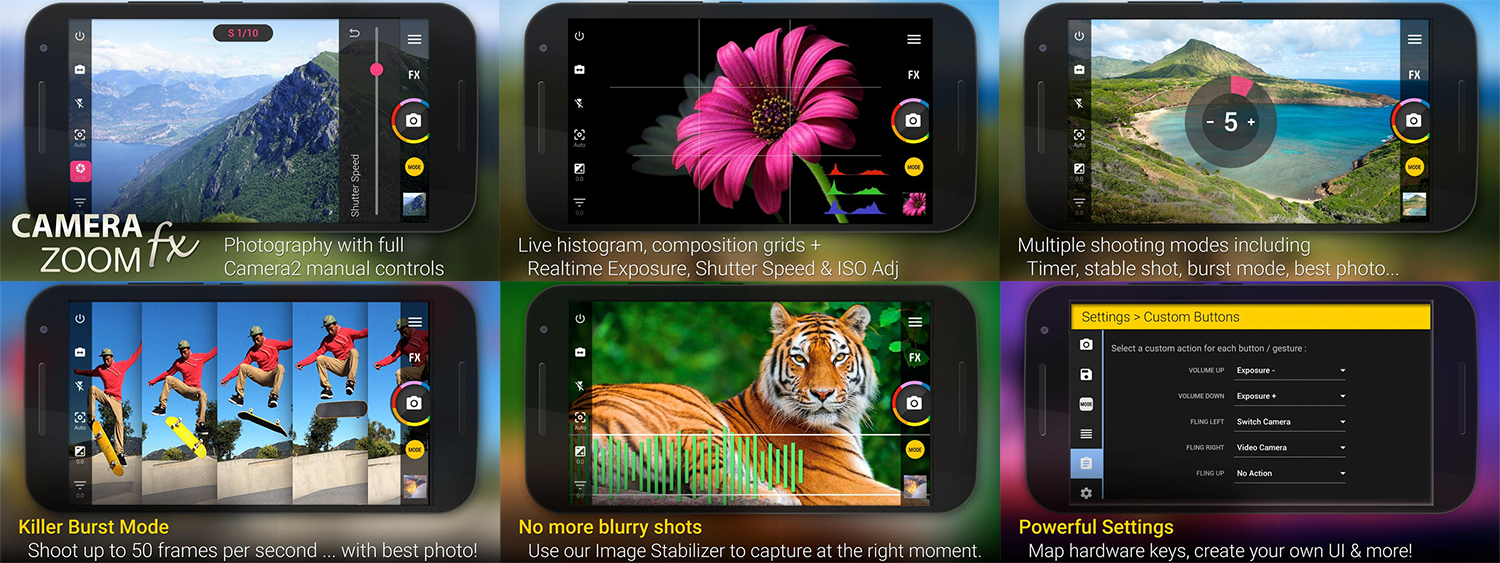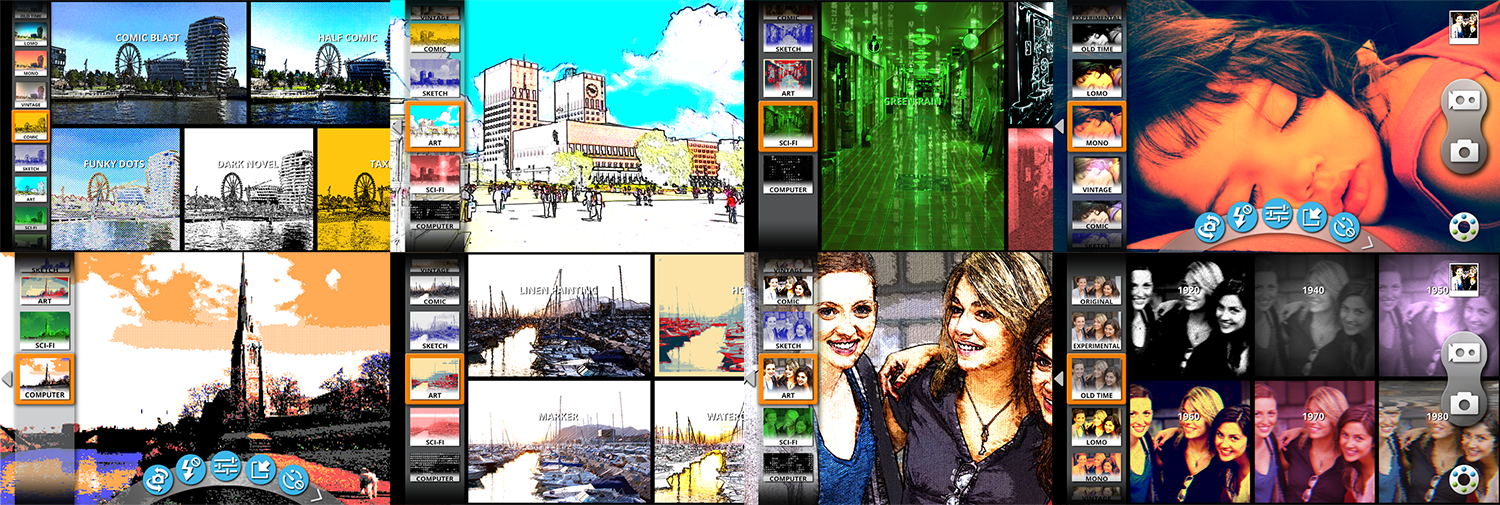Stunning photos showing the beauty of eclipses – read how they were taken from Earth.
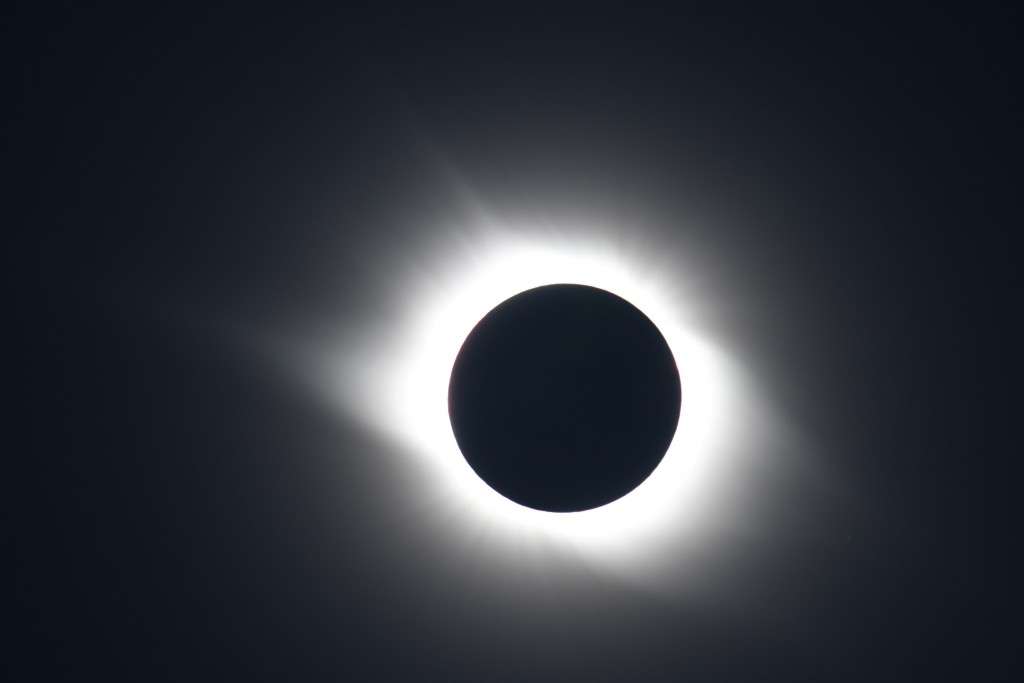
Outer Corona (photo credit: James West)
Ahead of the solar eclipse on Friday 20 March 2015, we thought we would showcase these incredible photos taken by Dr James West, who is the executive director of the South East Physics Network (SEPnet). Dr West took all of these images from Earth. This first image was taken in China, by the Gobi Desert, during a total solar eclipse in August 1 2008.
Dr James used a Canon EOS 40D with an aperture of ƒ/8.0, a 560mm lens, a shutter speed of 1/4 and an ISO speed of 200.
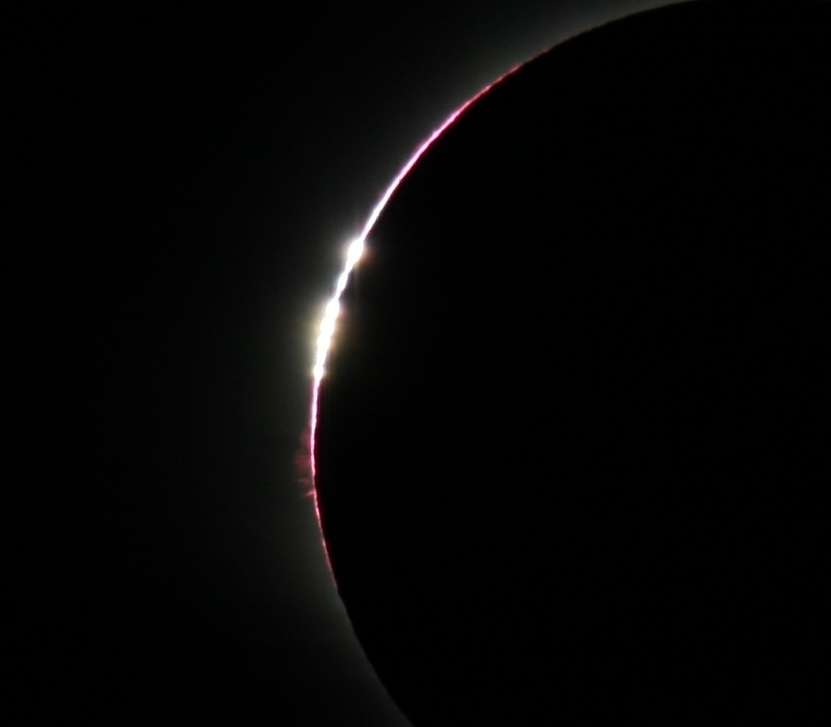
Baily’s Bead close-up (photo credit: James West)
This photo shows what appears to be beads of light around the eclipse. These effect is caused by light from the sun shining through lunar mountains and valleys but only last seconds.The photo was taken in China in 2008.
It was taken with a Canon 40D camera with a Canon 100-400mm IS Lens with a 1.4x extender, effective focal length of 560mm and aperture f/8. The camera and lens were mounted on a tripod. The exposure time was 1/2000s at ISO 200.
During the partial phase of the eclipse it’s essential to use a filter to prevent damage to the eye and the camera. Dr West used a Thousand Oaks black plastic filter to remove 99.999% of the sun’s energy. Once the Diamond Ring effect was about to happen, he explains he could safe to remove the filter and capture Baily’s beads – although it is not safe to see them with the naked eye – and the total eclipse itself. The image was cropped to bring out the Baily’s Beads and the prominences on the limb of the sun.
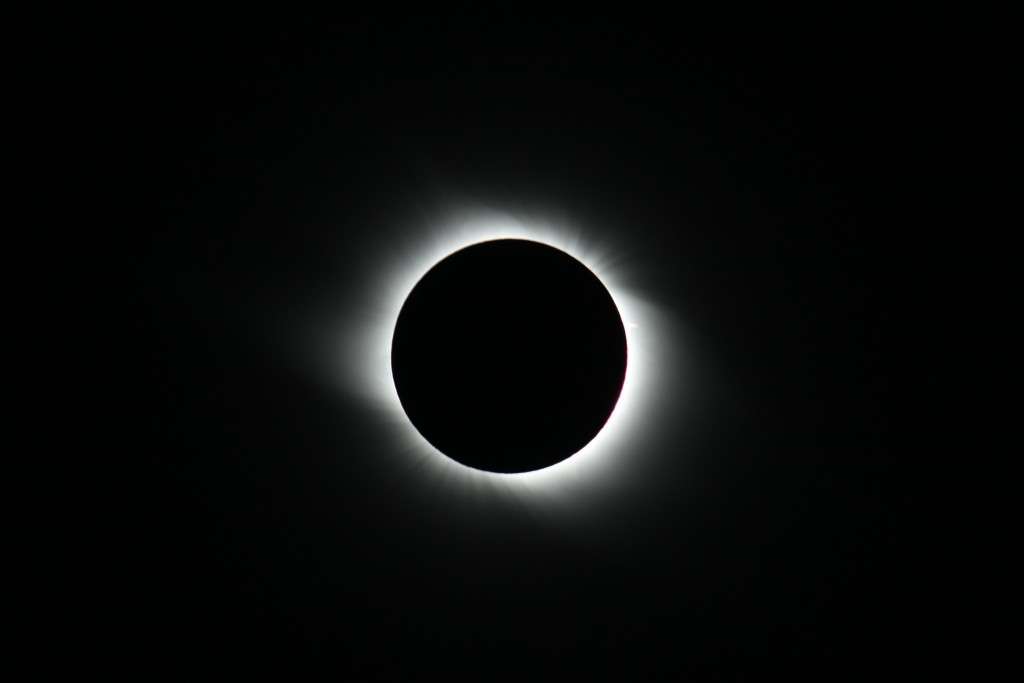
Inner Corona plus prominences (photo credit: James West)
Another shot from China, by the Gobi Desert, from 2008. The photo was taken using a Canon EOS 40D with an aperture of ƒ/8.0, a 560mm lens, a shutter speed of 1/45 and an ISO speed of 200.
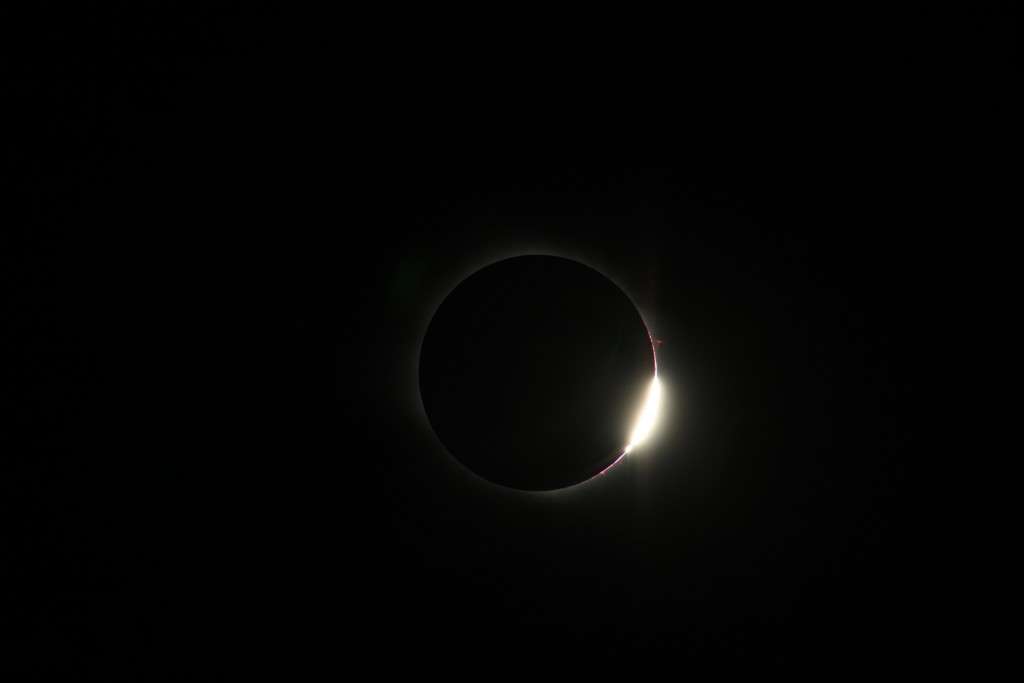
First Diamond Ring (photo credit: James West)
As it says, this image shows what has been called the diamond ring effect. It was taken in the Gobi Desert in 2008, again using the same camera set-up, except with a shutter speed of 1/1500 by Dr West.
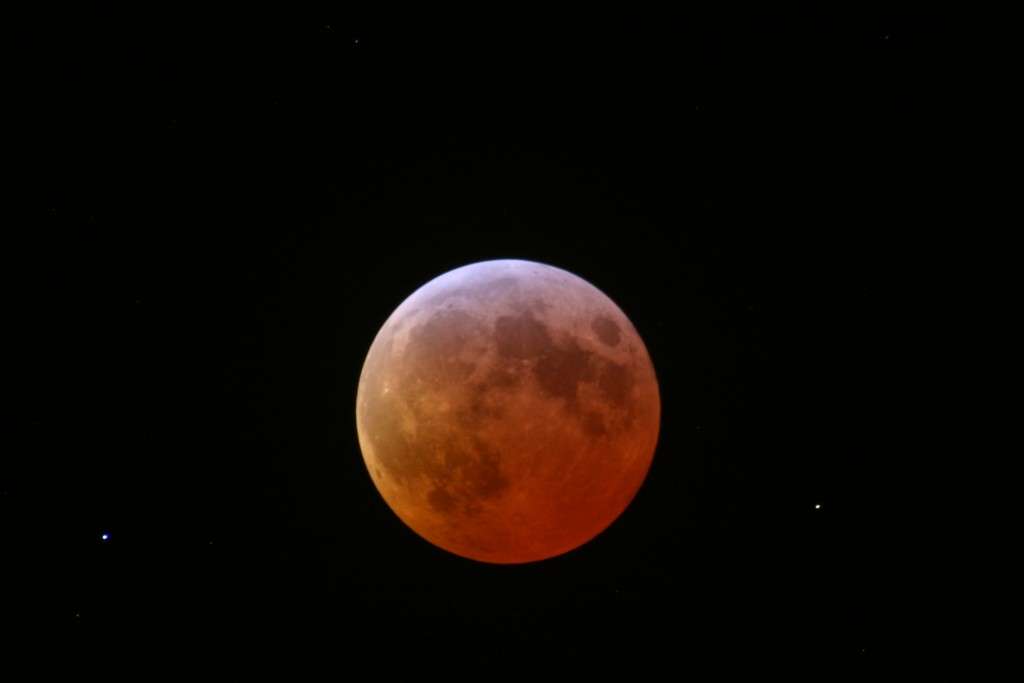
Lunar Eclipse (photo credit: James West)
This was taken in Hampshire, UK, by Dr West midway through a lunar eclipse in March 2007. He used a Canon EOS 300D camera with an aperture of ƒ/11.0, a 760mm lens with a 20-second exposure at ISO 400. In terms of eclipses, Dr West also stresses it’s safety first – including the partial eclipse on Friday.
“For the eclipse, I would refer anyone to sites such as Stargazing Live, Astronomy Now and other reputable sites that explain what you can and can’t do in viewing an eclipse. No-one should look directly at the Sun with or without a camera or telescope unless it has reputable and approved high standard safety filters,” he said.
About the photographer

James West graduated in Physics at the University of Oxford and completed a PhD in particle physics at Imperial College. After a 2-year postdoctoral position he joined IBM at its development lab at Hursley near Winchester. He held key senior management roles in software technical strategy. In 2010, he took up his current role as Executive Director for SEPnet (South East Physics Network).
Find out about SEPnet by clicking here or following @SEPhysics on Twitter.
MORE TOP LINKS – CLICK BELOW
Stunning Photos of Earth from Space
